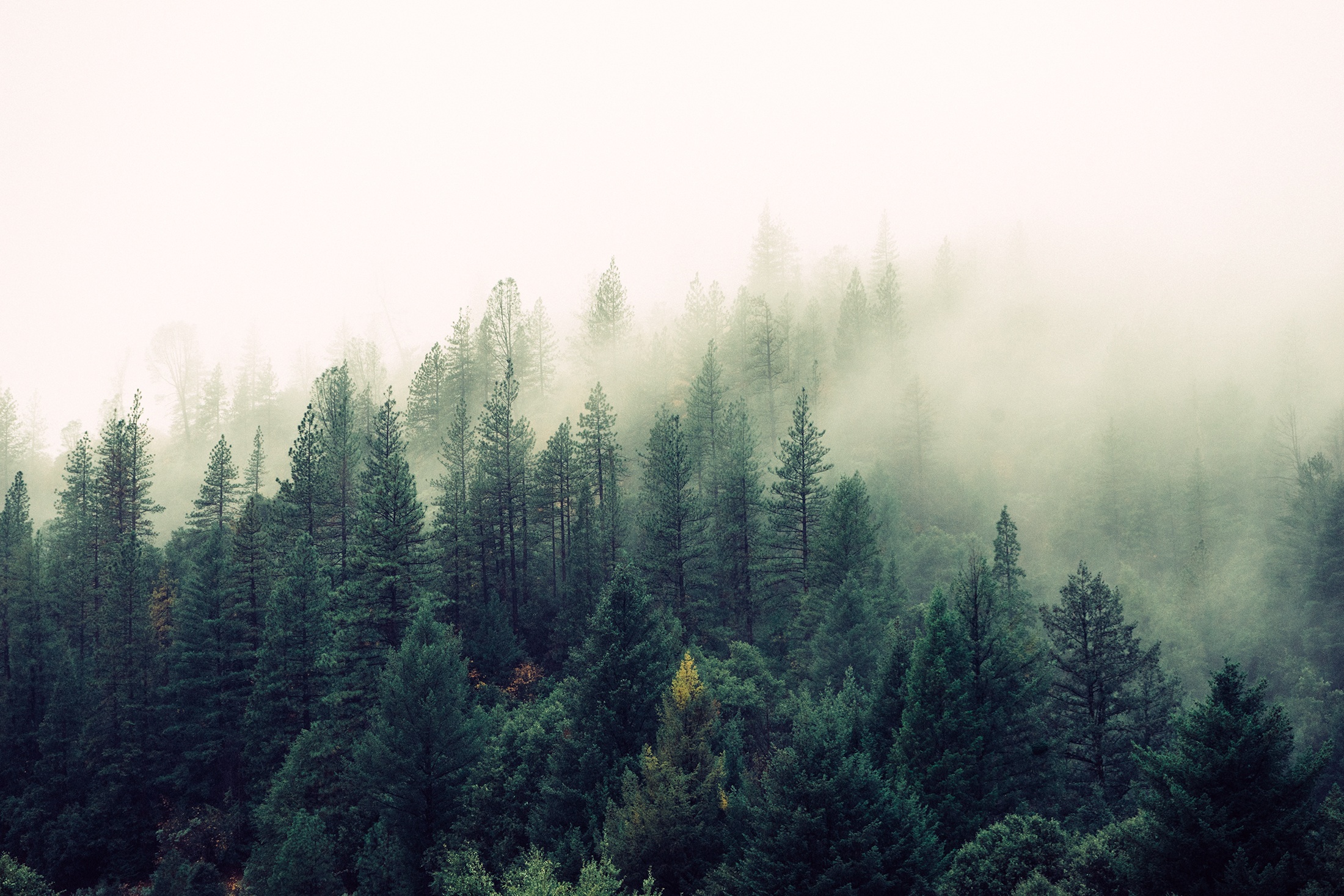

Belarus remains a white spot on the maps of many tourists. People tend to spend about 2-3 days in Belarus, they usually do some sightseeing in Minsk and a couple of other places, and then go to Russia.
Cycling encourages a different style of tourism: travelling a shorter distance and seeing more, gaining a deeper insight. Currently there are only a few people who actually cross the whole territory of our country on a bicycle. This is so because of the difficulties with visa and registration for Europeans, lack of popularity of Belarus among tourists and lack of world-class attractions in the country. However, Belarus offers something different to those who aren’t in a rush to see all the widely famous tourist sights: attractive and easily accessible nature, which is especially valuable for cyclists.
It is really easy to pedal in Belarus since there are only a few hills here. Our highest ‘peak’ is of height 345m, which is 3 times higher than the tallest building in the country. 🙂
36% of the territory of Belarus is covered with forests. Moreover, there are more than 20 000 rivers and 11 000 lakes. Cannot see them all in a lifetime! In most cases one can easily stop to camp out near any of our rivers or lakes.
There is almost no privatization of natural entities in Belarus. Tourists are free to camp and make fires in the majority of the forests that aren’t officially considered wildlife sanctuaries. In the last few years, however, summer droughts became more frequent, and there were temporary restrictions on going to the forests and on making fires there.
While being in a forest, don’t get alarmed if you suddenly hear people shouting things to each other from a distance. Going to the forest to pick mushrooms and berries is a tradition still followed by many Belarusians. For some people it’s a way to earn money, or a way to enrich their diet with tasty and healthy food, for others it’s a form of meditation.
EuroVelo-2 route goes through two major national parks of Belarus: Belovezhskaya Pushcha and Nalibokskaya Pushcha. In both cases it’s more than 40 kilometers of forest without inhabited localities or other signs of civilization.
В There are some quite large animals in Belarusian forests: deer, elk, wild boar, European bison, wolves (there are 1.2 thousand of them), and even bears (there are about 100 of them in the country). Don’t be afraid though, accidents when these animals attack humans are extremely rare.
In the 1960s-70s many of the swamps in Belarus were drained in order to free more land for agriculture. Luckily, nowadays Belarusians treat the swamps differently. Belarusian swamps are the lungs of Europe that absorb carbon dioxide, they are also a source of biological diversity. Some of the largest swamp areas are located not far from Eurovelo-2 route, including Yelnia and Olmanskiye swamps. For instance, it would take at least 3 days to cross Olmanskiye swamps in the south of Belarus. Many Belarusians see the roots of their identity and national character in their nature full of swamps impassable for enemies.
The level of safety in the streets of Belarus is considered to be average or better than average. At least, it is generally safer in the streets here than in Russia. If you would like to see a country with Soviet inheritance and to be sure you are safe there, Belarus is the best option for you.еларусь.
In general, the cost of the food in the shops, cafes and restaurants is low, especially in the provinces. In Minsk, however, there are average European prices.
Undoubtedly, Belarus will offer some adventures to visitors because it is not very tourism-oriented. There are only a few local people whose English is good, the level of service is sometimes pretty low. It may be a challenge to cope with the difficulties you may run into here. Believe it or not, this is valuable for many tourists, as it makes the travelling experience different and unforgettable.
The main challenge for cycling tourists in Belarus is that the process of registration is quite difficult, and there is a lot of bureaucracy to deal with.











